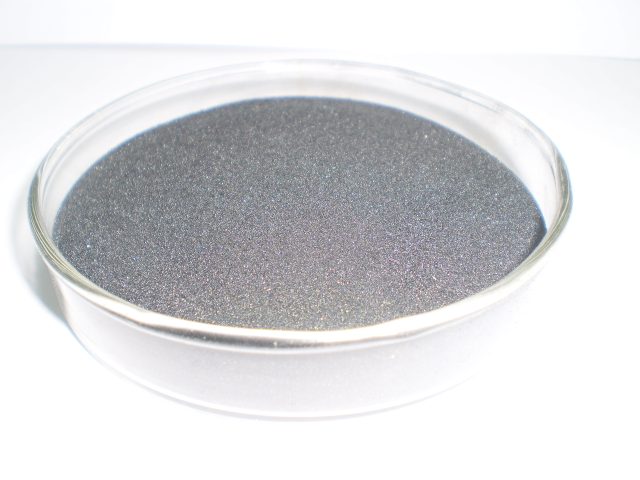Nowadays, most of the fertilizers on the market will be mentioned in the sales promotion. Our products contain humic acid, how good the humic acid is, as a selling point and increase the price! This situation is common in both compound fertilizer and organic fertilizer! But farmers’ friends don’t know that humic acid is a trick! What is the specific role!
So what is humic acid? What is the use of humic acid?
Humic acid is a mixture of natural organic macromolecular compounds. Widely existed in nature, the proportion of humic acid in soil is the largest. The concept of humic acid in the broad sense is: animal and plant remains, mainly plant remains, which are caused by the decomposition and transformation of microorganisms and a series of geochemical processes. a class of organic matter. This is the basic definition of humic acid.
The above organic matter in soil organic matter is generally humic acid. In humus, humic acid is the main body and its salt combined with metal ions. Humic acid is the most active and effective part of organic matter.
The most direct effect of humic acid:
For soil: improve soil structure and adjust soil pH to increase soil buffer capacity.
Biological effects: stimulate crop growth and development. The use of humic acid can enhance the activity of various enzymes in crops, improve the ability of crops to absorb water and nutrients, enhance crop metabolic capacity, accelerate growth and development, early maturity and improve quality.
In addition, from the perspective of agricultural application, humic acid also has strong drought resistance, disease resistance, low temperature resistance and salt resistance.
In the past five years, the National Agricultural Technology Extension Service Center has carried out demonstration experiments on humic acid fertilizers throughout the country, and the authority has verified the use of humic acid fertilizers in agriculture.
1.“Five major functions”: improving soil, enhancing fertilizer, stimulating growth, enhancing resistance and improving quality.
2. “four doses of function”: drought resistance, growth regulators, pesticide slow release synergists and chemical element complexing agents.
3. “three effects”: low carbonization, ecological, quality.
4. “two high three less”: high fertilizer utilization, high crop yield, less fertilization, less fertilization, less harmful gas emissions.
5. “three doses”: fertilizer synergists, soil conditioners, rhizosphere stimulating growth agents.
Finally, we need to emphasize the relationship between soil organic matter and humic acid: organic matter is not necessarily humic acid, but humic acid must be the best organic matter. The combination of humic acid and chemical fertilizer has natural superior conditions, which can not only raise soil, but also cultivate fertilizer, and is good with crops and environment. In this sense, it is of positive and practical significance to make safe organic matter, especially industrially extracted humic acid organic matter, to optimize fertilizer, improve soil fertility, and ensure safe production of agricultural products.
It can be seen that humic acid has a good contribution to both soil and crops, so the effect of humic acid in fertilizers will be outstanding.

